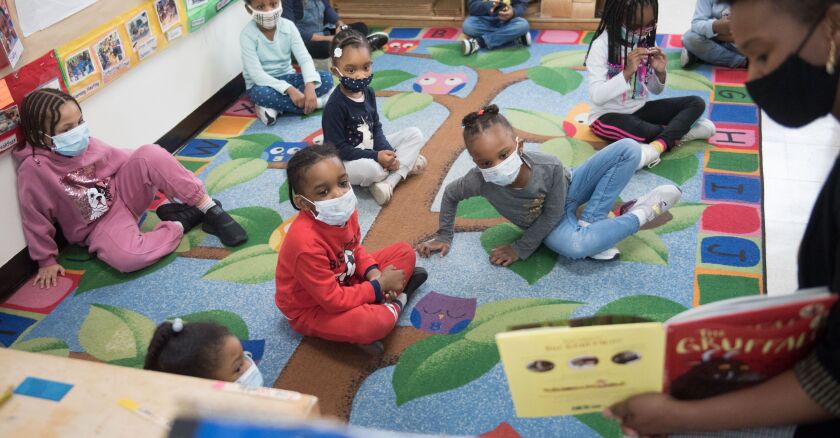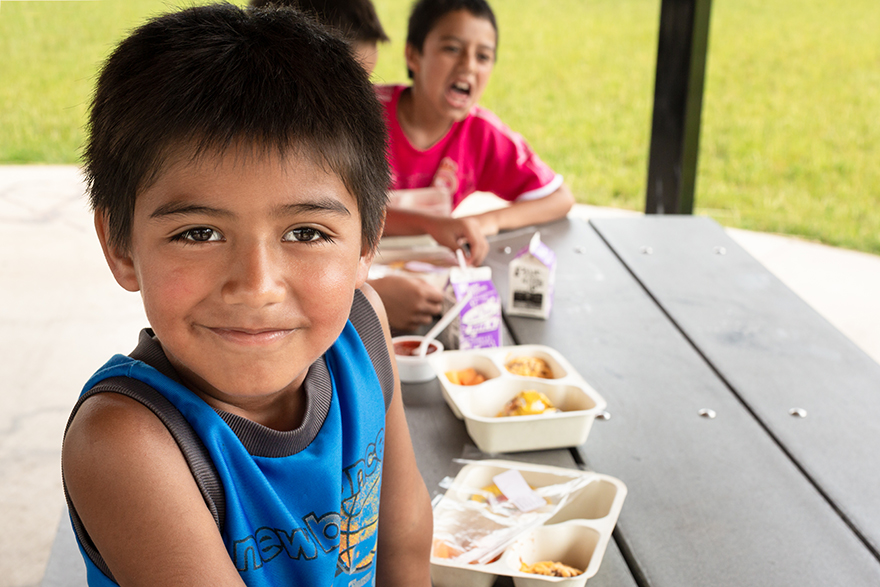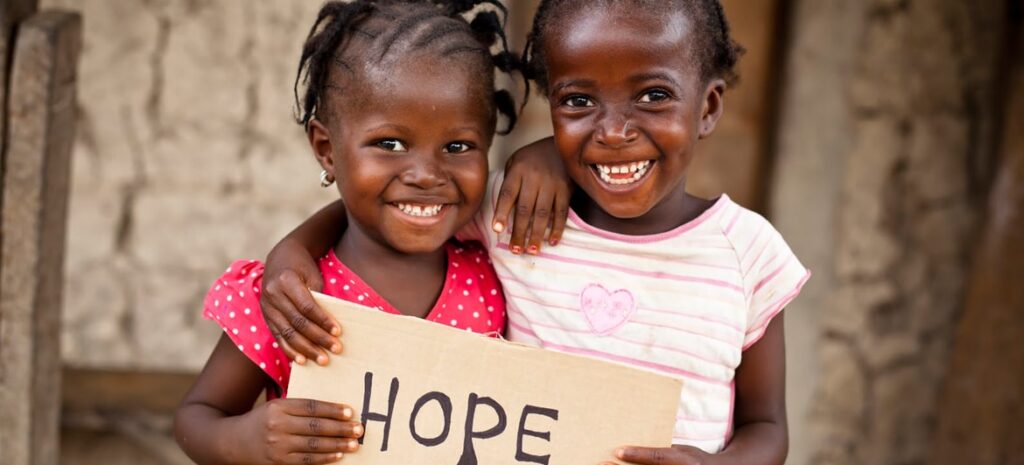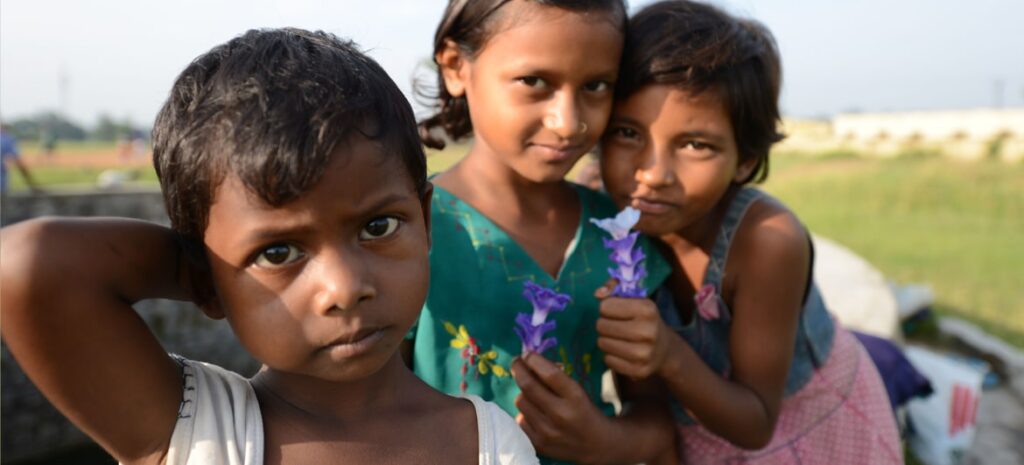Positive social change happens when individuals strongly believe they have the control to make a difference–and they take necessary measures. There are people who seek to influence positive social change by creating lasting impacts in the lives of others. I take positive social change as a moral responsibility for who has the will and means to perform such action. As a lifelong commitment to assisting and helping others in need, positive social change can enable new
I believed Douglas and Clay counties in Georgia State of the US posed greater challenge in fighting the problem of African Americans’ infant mortality among age group 16 – 20 (Georgia Department of Public Health, n.d.). In terms of comparing infant mortality rate between African Americans and white persons, there seemed to display incomparable dissimilarity. According to an article presented by Hummer (1993), concerns over differentials of infant mortality between African-Americans and Anglos persist. The rate of African-American to Anglo infant mortality ratios were 1.6 in 1950,1.9 in 1960,2.0
I believed community outreach is a form of social change for health sustainability in many parts of the developing world. Public health education supports the values held within the public health sector. For example, according to World Health Organization, education is another social factor (i.e. contributive factor) of health sustainability in Philippines, and perhaps the most central basic determinant of health at both individual and community levels. As a public health issue in Philippines, limited knowledge in women’s health brings
The prior implementation of Patient Protection and Affordable Care Act (PPACA) in the United States could reflect a sense of social change for the uninsured Americans. Additionally, the reflection of social change in Obama care was to provide more affordable care for many U.S. qualified citizens.







